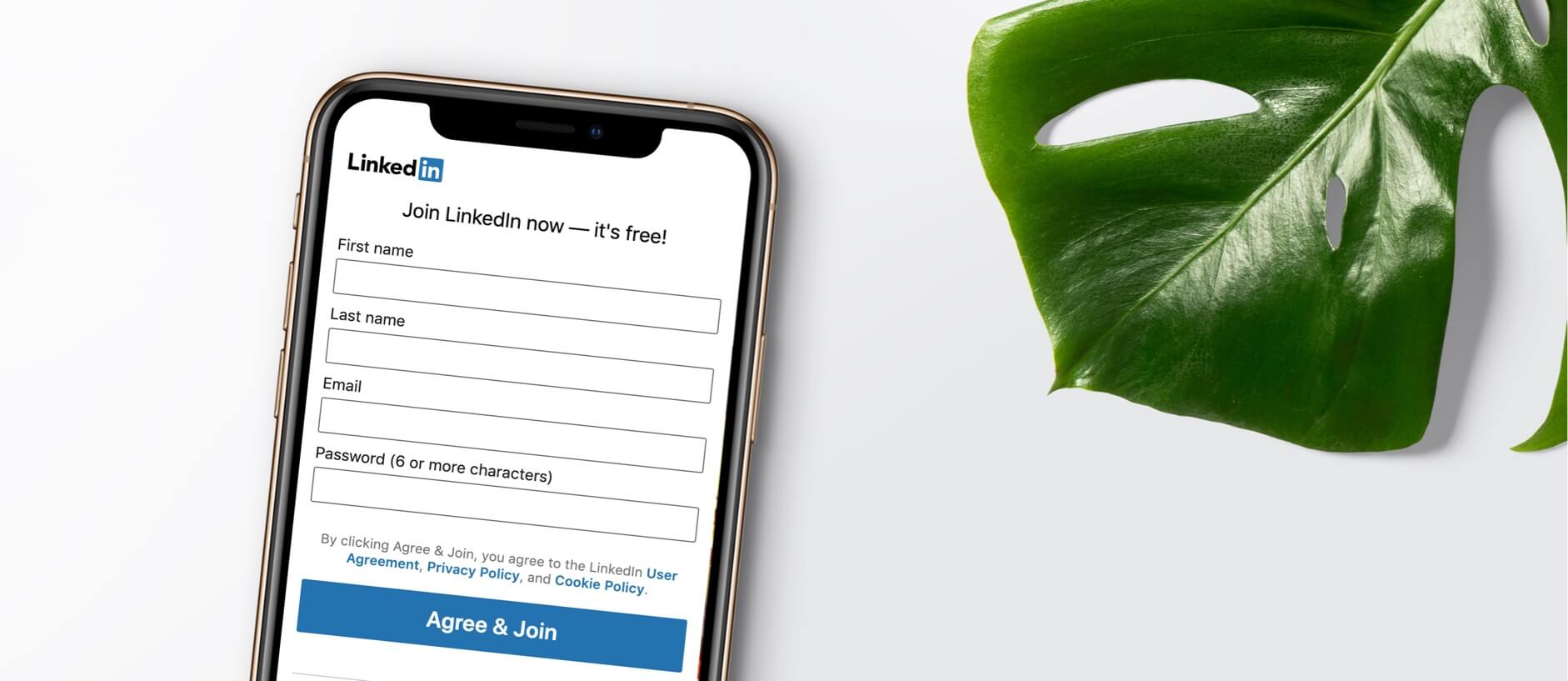Three Layers of LinkedIn—How to Polish Your Profile and Attract Recruiters
 Image source: pexels.com
Image source: pexels.com
Featuring more than 700 million professionals, LinkedIn has become the world’s biggest recruitment platform. It’s a route to apply for jobs directly, a hub to network, a place for future employers to check out your résumé, and a forum to promote yourself, especially when using emerging job platforms such as CareerLunch. Given how important LinkedIn has become in today’s talent acquisition market, it’s critical to understand how a strong profile can give you an edge with HR teams. When recruiters scan online résumés for the right candidate, they’re looking initially at the keywords in your LinkedIn headline. Management Consultant. Executive Assistant. Front-End Developer. Right from the start, it’s vital that you describe yourself as accurately and succinctly as possible. Here are three ways, or layers, to take advantage of LinkedIn’s features.
 Image source: pexels.com
Image source: pexels.com
1. Highlight Your Achievements
For job-seekers, layer one starts with making sure that all your most important information is included and highlighted. You want to make the recruiter’s job as easy as possible. Build your headline using keywords: focus on your job title and top-level skills (Sales Manager, SaaS; or Software Developer, Java/JavaScript). Then write a clear summary and choose a good photo. Pick an image that fits how you want to appear professionally; if you’ll be working in a corporate environment, avoid the Instagram vacation shot, no matter how good the sunset is.
Okay, you’ve got the headline, summary, and photo all set. These are the sales highlights, the shiny bodywork on the new vehicle that catches a buyer’s attention. Now it’s time for the engine—this is the content that really drives recruitment. As you list your previous jobs, remember to include your biggest achievements at each company. If an HR director has come this far, it’s because they’re interested in you and they’ll want to see what you’ve actually done. Take the time to fill all the sections; a complete profile looks thorough and avoids the gaps that some talent evaluators can view as red flags.
2. Strengthen Your Language
Layer two is all about how to strengthen your profile and reinforce your appeal using direct and active language. When you’re summarizing the accomplishments at your current job or previous positions, use verbs such as “managed,” “built,” “developed,” and “launched.” They’re powerful words, carrying connotations of responsibility and success. Now think about other verbs often seen in résumés: contributed, assisted, advised, helped. Not so direct, right?
Before you start stacking up a list of bold verbs, watch out for unearned buzzwords. Phrases such as “team builder” or “experienced leader” might seem impressive, but it’s usually better to make the case for these attributes using evidence. For example, “I led a sales and marketing team that beat revenue predictions for 16 consecutive months.” Be mindful about beating your own drum too loud with titles or labels; let the recruiter draw his own conclusions from your work.
One place where you can show a little more of yourself is the summary. Tell your story in a way that shows why you love what you do; how you came to sales, for instance, or what first drew you to coding. For folks applying for creative positions, a great summary can display personality and humor. Write as simply and naturally as you can—this is the most direct expression of who you are. Avoid jargon and, if in doubt, keep it short.
3. Build Your Brand
That sense of personality is the pivot to layer three in your profile: expanding your personal brand. While layers one and two get your foot in the door and start the recruiter leaning forward, the third layer is what separates the top talents. Demonstrate your enthusiasm for your profession by showing engagement in relevant topics, joining online discussions, or commenting on articles you’re interested in.
Although LinkedIn is a powerful shop window for employees, it offers far more than online résumés. Making the most of this network’s millions of users requires job-seekers to stretch beyond their own profile. That might start with featuring links to previous projects, by building your own community by connecting with others, or by showing your passion for Android apps with attached content. People like to work with colleagues who love their job and who love to learn.
If you’re feeling you’ve spent enough time promoting your accomplishments, consider testimonials. You may no longer work for one company, but featuring a couple of testimonials from former colleagues (ideally picking out qualities you highlighted in your summary) is a fantastic way to leverage earlier stints in your career.
At its most straightforward level (layer one), this international recruitment platform offers a free, intuitive, and searchable website to market your skills. Those who dig deeper into layer two and spend a little more time on their profile will sharpen their language and hone their appeal to talent acquirers. But for the top-tier talents of layer three, LinkedIn is a genuine difference maker—a way to illustrate your skill set, share your passion, and differentiate yourself from the competition.


